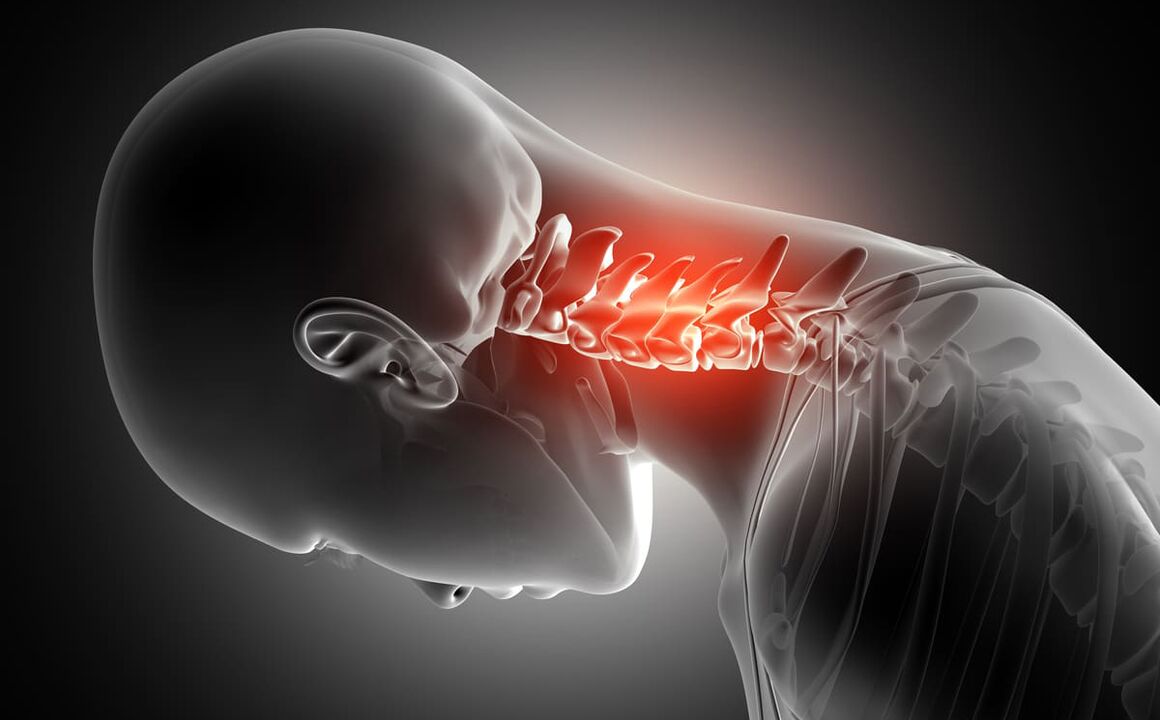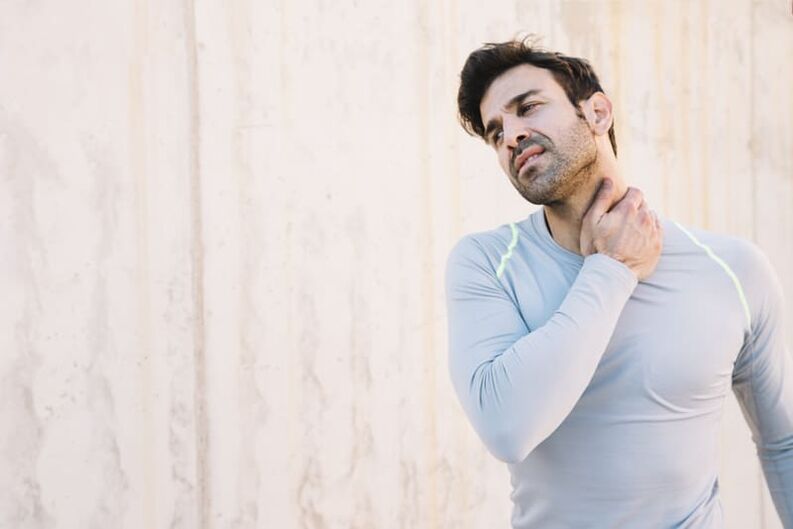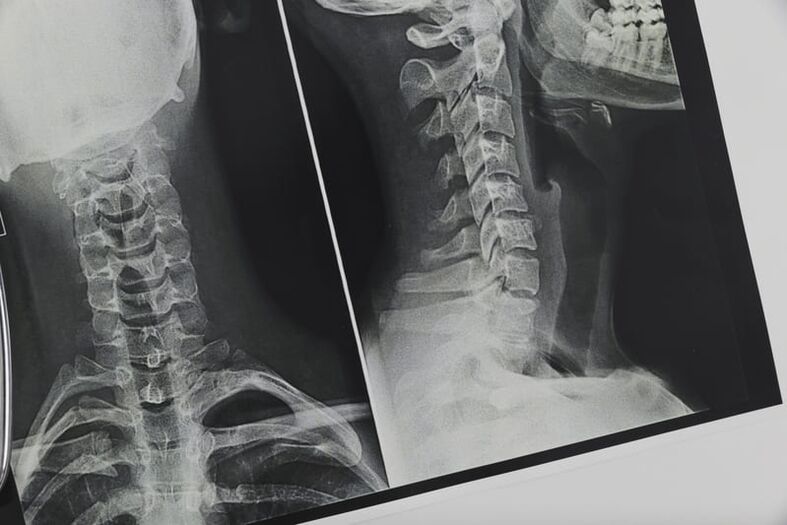
A sedentary lifestyle becomes the key to the development of many diseases associated with dysfunction of the musculoskeletal system. The most common disease is cervical osteochondrosis, which affects the intervertebral discs. This ailment occurs suddenly and develops over a long time. Inappropriate treatment leads to a significant decrease in the quality of health.
Typical symptoms of cervical osteochondrosis:
- Headache in the back of the head;
- Dizziness;
- Pain in arms, shoulders, back;
- Cracking in the neck;
- Numbness of the extremities;
- Vision impairment;
- The appearance of fatigue, muscular tension at the slightest physical effort;
- Daze;
- Coordination of movement is disrupted.
Very mild symptoms can turn into an irreversible pathology of the spine. Therefore, in the case of the above signs, it is imperative to look for ways to prevent the development of the disease.

Causes and consequences of cervical osteochondrosis.
The appearance of the disease occurs due to the influence of the following factors:
- Sedentary lifestyle (sedentary, office);
- Inadequate nutrition (lack of calcium, magnesium);
- Inheritance;
- Hypothermia, mechanical damage to the neck;
- Lifting weights;
- Being overweight;
- Drinking alcohol.
If you do not take preventive measures and do not participate in the treatment, but only take drugs that relieve pain, the complete destruction of the thinned bones can occur. Also, the development of the disease leads to a change in the position of the vertebrae, compression of blood vessels. As a result, the blood begins to circulate worse, the normal functioning of the cardiovascular system is disrupted, and the activity of the brain deteriorates. In addition, patients often complain of migraines, decreased visual acuity, hypertension or hypotension. The most dangerous result is the appearance of:
- Intervertebral hernia;
- Spinal stroke;
- Vestibular stem syndrome;
- Compression of the vertebral artery.
Only prompt treatment will stop the progressive development of the disease.

How to cure cervical osteochondrosis at home
Even after contacting qualified specialists, the patient receives a list of recommendations related to self-medication. It is possible to achieve positive results only with the regular conduct of a number of procedures, including anesthesia applying an ointment, mixture, cream. A significant result in the prevention of cervical osteochondrosis is achieved by self-massage and gymnastic exercises.
To relieve pain, normalize blood circulation and eliminate inflammation, rub the affected area. Rubbing recipes:
- A mixture of vodka with horseradish, the root of a plant, crushed in a blender and a liquid substance are mixed in equal proportions. The infusion is rubbed overnight for 14 days.
- A combination of olive oil, banana and sage, the plants in a volume of 2 tablespoons are poured with a fatty substance (50 ml) and petroleum jelly (40 ml). The medicine is rubbed on the neck three times a day.
- Boiled potatoes are mashed and mixed with honey, after the mixture has cooled a little, it is necessary to apply it to the diseased area and wrap it with a film and a handkerchief.
To restore and enrich the body with vitamins, you need to take tinctures and decoctions. The use of cinquefoil is considered effective. Plant 30 gr. dry, pour hot water (0, 5 liters) and infuse for 3 weeks. The remedy is taken 3 times a day for 1 tablespoon. l.
Also, an equally popular recipe is a decoction of parsley roots, which are crushed and poured with boiling water, per 100 grams. the roots need 1 liter of water. The composition is boiled for 1. 5 hours, then 1 tablespoon is taken. l. three times a day. The course lasts 3 weeks.

Cervical osteochondrosis can be treated with self-massage
Regular physical impact on the painful area helps stop the progression of the disease. Massage does not take long, however, it requires a careful approach, the study of hot spots. Therefore, before proceeding with the process, it is necessary to know the areas that cannot be influenced.
Self-massage procedure:
- Taking a sitting position;
- Complete relaxation of the body;
- Fingers are applied to the neck and gently stroked from top to bottom for 2 minutes;
- The exercise is repeated, only with the thumbs with great effort;
- The lateral surface of the cervical spine is rubbed in a circular motion;
- Knead the muscles with swings and pinches;
- At the end, stroking.
The session should last 8 to 10 minutes.
In combination with massage, therapeutic exercises are considered effective. Exercise should be gentle and not tire the body. Emphasis should be placed on the cervical spine, head turns, neck stretch, and shoulder movement.



















































